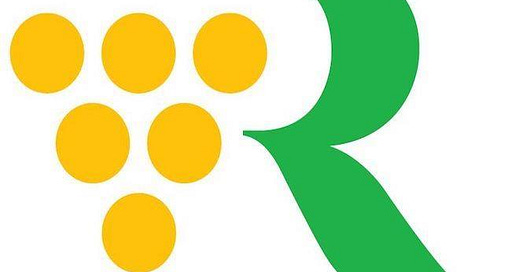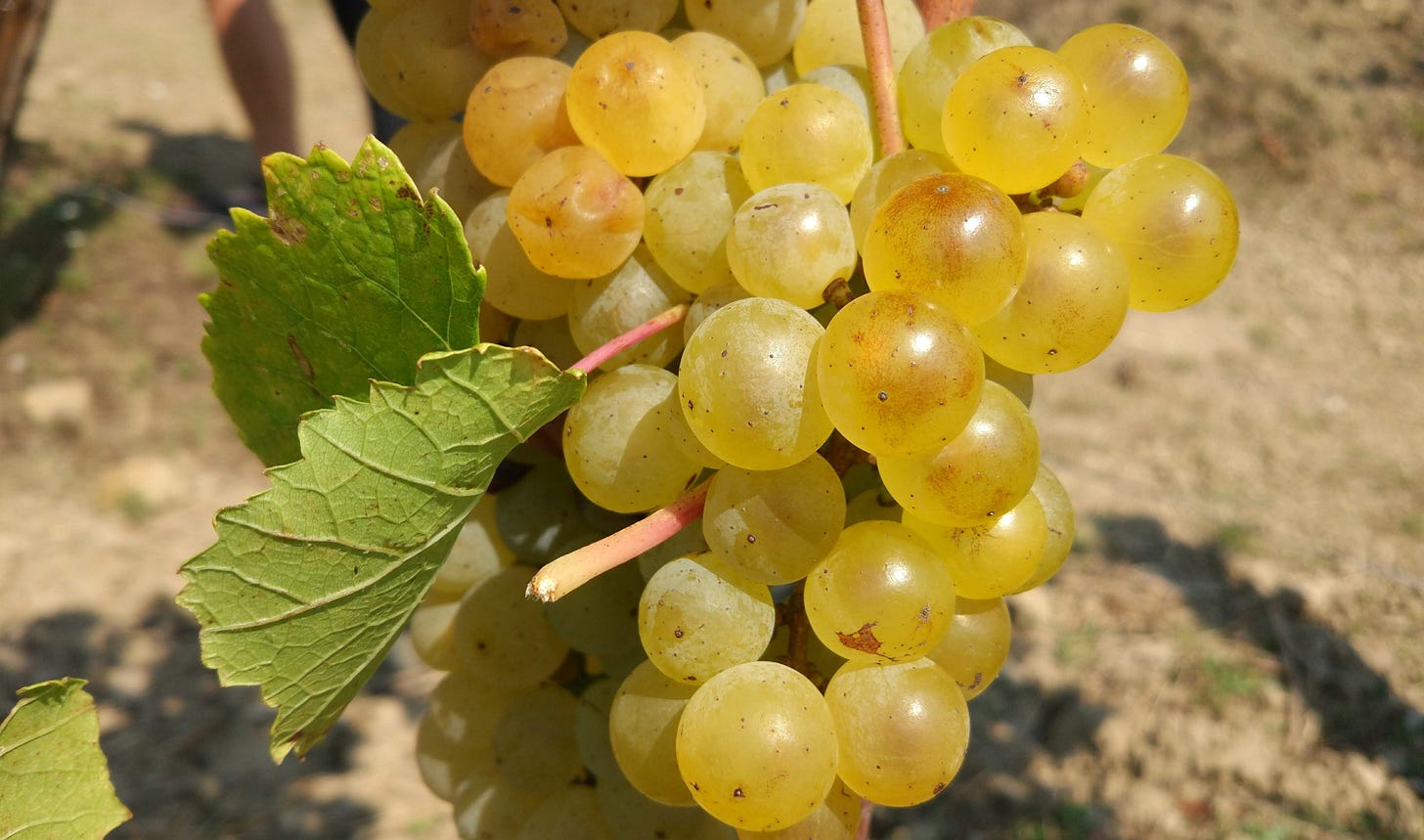The emperor's nearly new clothes - Vipava's Rebula
Should Slovenia's Vipava valley really focus its marketing on Rebula? Simon is dubious.
A decade ago, if you could point to the Vipava valley on a map you were probably a paragliding fan. Or you lived there. That's changing fast though, as the spectacular (and spectacularly windy) valley that runs east-west across western Slovenia becomes increasingly recognised for its over-performing wines. Hitherto, its neighbour to the northwest, Goriška Brda, has tended to lap up most of the international attention - in part due to its proximity to the prestigious Italian Collio.
In 2017, Brda's tourist board and local winemakers inaugurated an annual press event around their most important indigenous grape variety: Rebula. In a move that felt decidedly competitive, six of Vipava's top growers then launched a counter-attack in 2018, with a similarly titled event "Vipavska Rebula" (Lit. Rebula of Vipava) subtitled "The emperor's choice since 1503". As Vipava has arguably always been better known for its white blends, and its indigenous varieties Zelen and Pinela, I was puzzled - why a…
Keep reading with a 7-day free trial
Subscribe to The Morning Claret to keep reading this post and get 7 days of free access to the full post archives.





